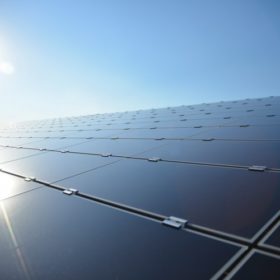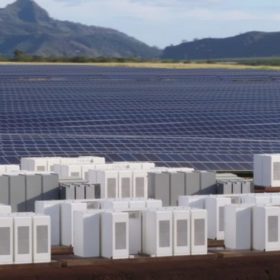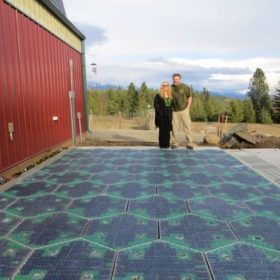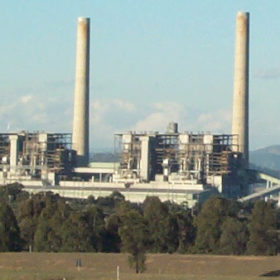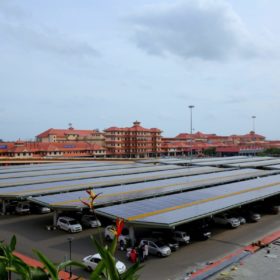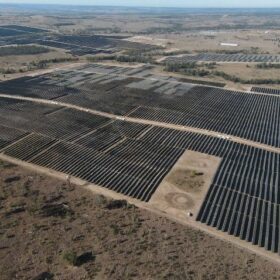CSIRO-hosted Global Carbon Project points to crucial PV role
The growth in global energy demand is surging ahead of decarbonisation, concludes a new report released Thursday, but the opportunity is promising for solar PV to grow into the space and help reduce the emissions burden.
The verdict is in: renewables reduce energy prices (yes, even in South Australia)
Does renewable electricity raise or lower electricity prices? There is more to this question than meets the eye: are prices lower before or after renewable subsidies are recovered, how has variability been accounted for, how have changes in network costs been accounted for, and so on and on. Bruce Mountain, the Director of the Victoria Energy Policy Centre and Steven Percy, a research fellow at Victoria University set out new findings.
Three perspectives from the NSW 2018 #smartenergysummit
The 2018 NSW Smart Energy Summit was crowded with attendees eager to hear former Prime Minister Malcolm Turnbull, unfettered by party politics, address the state’s solar and renewables sector.
Bifacial PV and tracking: Q&A with JinkoSolar
On October 25, pv magazine will host a webinar, powered by JinkoSolar, in which the China-based manufacturer will present the case for using bifacial modules in large-scale solar plants, and discuss the influencing factors and their impact on bifacial PV tracking. In the following Q&A, JinkoSolar’s Andrea Viaro, Head of Technical Service Europe, JinkoSolar, and Colin Caufield, VP of Sales North America, Soltec provide a sneak peak into the technology and the advantages tracking can bring to bifacial technology.
EU PVSEC: “Multicrystalline silicon will not die”
At first glance, the European PV conference last week has confirmed the widespread view that the upswing of monocrystalline technology will accelerate. But a closer look reveals that multicrystalline solar cells are still in the game.
Renewables 2.0: Preparing for the new complexity of renewable energy in a post-subsidy world
As the deployment of renewable energy continues to expand around the world, driven by various inputs, such as capital allocation and investment, falling capital costs, competitive LCOE and various policy mechanisms, we are now moving towards a new era for renewable energy. ‘Renewables 2.0’ will have significant, wide-ranging consequences for all market players, as regulators reduce their support and power producers seek new revenue models. In this article, Duncan Ritchie, partner at Apricum – The Cleantech Advisory, will look at the key market developments for renewables, explode the myth of grid parity, highlight the need for flexibility and explain the importance of new financing solutions that are capable of meeting the new complexities brought about by ‘Renewables 2.0’.
Solar panels replaced tarmac on a motorway – here are the results
Four years ago a viral campaign wooed the world with a promise of fighting climate change and jump-starting the economy by replacing tarmac on the world’s roads with solar panels. The bold idea has undergone some road testing since then. The first results from preliminary studies have recently come out, and they’re a bit underwhelming.
Coal does not have an economic future in Australia
Renewables are stealing the march over coal in Australia, and the international outlook is for lower coal demand. Today the international Coal Transitions project released its findings, based on global coal scenarios and detailed case studies by teams in China, India, South Africa, Australia, Poland and Germany.
Tata Power installs ‘world’s largest’ cricket stadium solar rooftop
Tata Power Solar has commissioned an 820.8 kWp solar rooftop at the Cricket Club of India (CCI), in Mumbai. It claims it is the world’s largest solar rooftop on a cricket stadium.
EnergyTrend expects price shuffle after EU ends MIP
According to the Taiwanese analysts, the solar PV module market is still stable. However, EnergyTrend expects a new price war to erupt with the end of minimum import tariffs (MIPs). In particular, Taiwanese manufacturers will have to cope with increasing price pressure.
